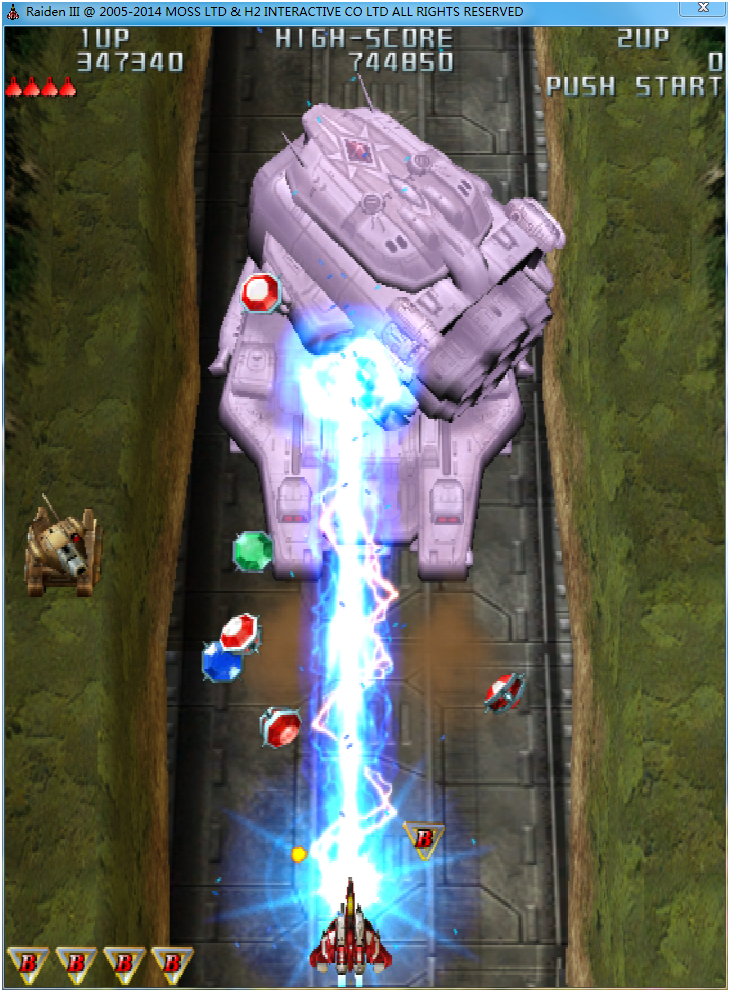墙壁上挂着一个圆形的飞镖靶。现在请你蒙着眼睛向靶上投掷飞镖。
投掷到墙上的飞镖用二维平面上的点坐标数组表示。飞镖靶的半径为 r 。
请返回能够落在 任意 半径为 r 的圆形靶内或靶上的最大飞镖数。
示例 1:
输入:points = [[-2,0],[2,0],[0,2],[0,-2]], r = 2
输出:4
解释:如果圆形的飞镖靶的圆心为 (0,0) ,半径为 2 ,所有的飞镖都落在靶上,此时落在靶上的飞镖数最大,值为 4 。
示例 2:
输入:points = [[-3,0],[3,0],[2,6],[5,4],[0,9],[7,8]], r = 5
输出:5
解释:如果圆形的飞镖靶的圆心为 (0,4) ,半径为 5 ,则除了 (7,8) 之外的飞镖都落在靶上,此时落在靶上的飞镖数最大,值为 5 。
示例 3:
输入:points = [[-2,0],[2,0],[0,2],[0,-2]], r = 1
输出:1
示例 4:
输入:points = [[1,2],[3,5],[1,-1],[2,3],[4,1],[1,3]], r = 2
输出:4
提示:
1 ≤ p o i n t s . l e n g t h ≤ 100 1 \le points.length \le 100 1≤points.length≤100
p o i n t s [ i ] . l e n g t h = = 2 points[i].length == 2 points[i].length==2
− 1 0 4 ≤ p o i n t s [ i ] [ 0 ] , p o i n t s [ i ] [ 1 ] ≤ 1 0 4 -10^4 \le points[i][0], points[i][1] \le 10^4 −104≤points[i][0],points[i][1]≤104
1 ≤ r ≤ 5000 1 \le r\le 5000 1≤r≤5000
来源:力扣(LeetCode)
链接:https://leetcode-cn.com/problems/maximum-number-of-darts-inside-of-a-circular-dartboard
题解
这算是一道几何题吧,首先考虑一个点的时候,这个时候只要点的距离 d < = r d<=r d<=r的时候就可以被覆盖。
如果是两个点,那么只要满足 d ( p 1 , p 2 ) < = 2 × r d(p_1,p_2)<=2\times r d(p1,p2)<=2×r就可以被圆覆盖,那么如果点的集合的个数大于2呢。
在原来覆盖两个点的基础上,我们要去覆盖一个新的点,如果我们不想舍弃这两个点,那么最极限的状态是什么呢?

就是当两个点都是边上的时候,就是移动圆心的边界了,再移动就会失去这两个点。基于这个结论,我们可枚举两个点的集合情况,这两个点都是圆上的点,然后根据两个点的坐标推算出圆心的坐标,然后根据得到的圆去计算能够覆盖的点的个数。
那么如果得到圆心的坐标呢?

假设圆上的两个点为 A , B A,B A,B,作为分别为 ( x a , y a ) (x_a,y_a) (xa,ya)和 ( x b , y b ) (x_b,y_b) (xb,yb)。那么我们可以得到直线AB的斜率,进而得到了 θ \theta θ的值
θ = arctan ( y a − y b x a − x b ) \theta = \arctan(\frac{y_a-y_b}{x_a-x_b}) θ=arctan(xa−xbya−yb)
对于 A B AB AB的中点的坐标为
m i d = ( x a + x b 2 , y a + y b 2 ) mid = (\frac{x_a+x_b}{2},\frac{y_a+y_b}{2}) mid=(2xa+xb,2ya+yb)
距离 d d d表示为
d = r 2 − d i s t a n c e ( B , m i d ) 2 d =\sqrt{r^2-distance(B,mid)^2} d=r2−distance(B,mid)2
那么对于C点 x x x的坐标为
x c = x m i d + d × s i n ( θ ) x_c=x_{mid}+d\times sin(\theta) xc=xmid+d×sin(θ)
同理可得
y c = y m i d + d × c o s ( θ ) y_c = y_{mid} + d\times cos(\theta) yc=ymid+d×cos(θ)
所以C点的坐标为 ( x m i d + d × s i n ( θ ) , y m i d + d × c o s ( θ ) ) (x_{mid}+d\times sin(\theta),y_{mid} + d\times cos(\theta)) (xmid+d×sin(θ),ymid+d×cos(θ))
然后去计算这个圆能够覆盖多少点就行,最后求最大值就是答案。
#define eps 1e-8class Solution {
public:struct Point {double x,y;Point(){}Point(double tx, double ty) {x=tx; y=ty;}};double dist(Point p1,Point p2){return sqrt(pow(p1.x-p2.x,2)+pow(p1.y-p2.y,2));}Point GetCircleCenter(Point p1,Point p2,int r){Point mid = Point((p1.x+p2.x)/2,(p1.y+p2.y)/2);double angle = atan2(p1.y-p2.y,p2.x-p1.x);double d = sqrt(r*r-pow(dist(p1,mid),2));return Point(mid.x+d*sin(angle),mid.y+d*cos(angle));}int max(int a,int b){if(a>b)return a;return b;}int numPoints(vector<vector<int>>& points, int r) {int n = points.size();int ans = 1;for(int i = 0;i<n;i++) {for(int j = i+1;j<n;j++) {Point p1 = Point(points[i][0],points[i][1]);Point p2 = Point(points[j][0],points[j][1]);if(dist(p1,p2) > 2.0*r) continue; Point center = GetCircleCenter(p1,p2,r);int cnt = 0;for(int k =0;k<n;k++) {Point pk = Point(points[k][0],points[k][1]);if(dist(center,pk) < 1.0*r+eps) cnt++;}ans = max(ans,cnt);}}return ans;}
};


















